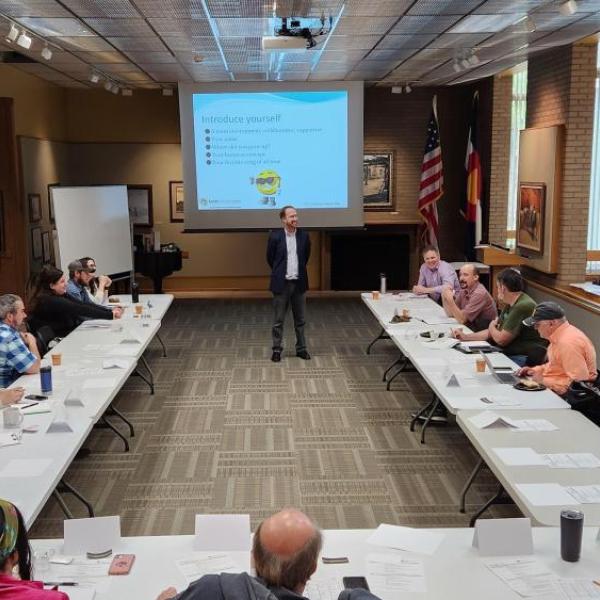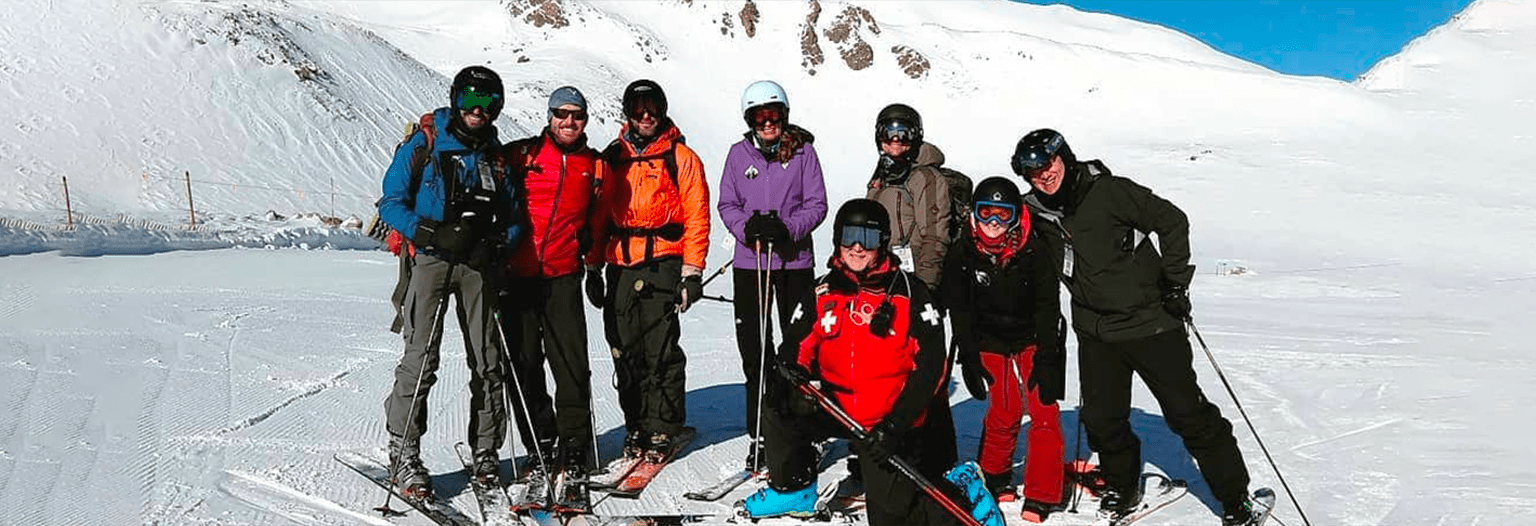
Dear Latrice,
We also love...
Lester | Lakewood, CO
That’s why we’re researching how to keep people safe in extremely cold conditions.
Campus Location

War doesn’t take a snow day—and neither does CU Anschutz.
With global conflicts pushing into some of the coldest, harshest environments on Earth, the CU Department of Emergency Medicine and the Center for Combat Medicine and Battlefield (COMBAT) Research are breaking new ground in Arctic medicine—ensuring military personnel can survive and thrive in extreme conditions.
Dr. Jay Lemery, professor of emergency medicine at CU, and Dr. Todd Getz, a blood physiologist, are tackling urgent questions: Can medics warm blood fast enough in subzero temps? Does extreme cold change how blood flows? And how do we stop hypothermia and frostbite before they become fatal?
To find answers, CU Anschutz is building a cutting-edge Arctic medicine test lab, leveraging its unique position as a leader in extreme environment medicine. Partnering with NASA, the National Science Foundation, and the 10th Mountain Division Huts Association, researchers are transforming Colorado’s high-altitude, freezing landscapes into real-world test sites—simulating the brutal cold of the Arctic and Antarctic.
Their goal? To develop life-saving survival strategies for soldiers, first responders, and even civilians facing extreme cold, from battlefield injuries to wilderness rescues and extreme sports accidents.
With CU Anschutz leading the way, the future of Arctic medicine is heating up—one groundbreaking study at a time.

